Tortillas and Empanadas
After my previous posts, I realised that I had written a lot about ‘pintxos’, but said nothing about two other very important foodstuffs with a similar snack function: ‘empanadas’ and ‘tortillas’ (spanish omelette).
Tortillas are omnipresent, sold in large quantities in every one of the thousands and thousands of bars and cafes in Spain, and the mouth-wateringly delicious food for every occasion. Fancy something savoury for breakfast instead of a pastry filled with custard? Have a slice of tortilla. Elevenses and still over 3 hours to go till lunch? Have a slice of tortilla. Want a quick light lunch instead of the usual three course extravaganza? Have a slice of tortilla. Teatime and still 5 hours to go till supper at 11pm? Have a slice of tortilla. Ate too much at lunch but need a little something before bed? Have a slice of tortilla. Going on a train journey and need something to sustain you on the way? Have a slice of tortilla. And so on.
We’ve continued to enjoy eating simply cooked fresh fish ‘a la plancha’ (grilled) – often turbot (‘rodaballo’) or bream (‘dorada’)– both at home and out, and particularly in fishing towns along the coast, and much more cheaply than in the UK. The traditional way of cooking it is to grill it with some slices of garlic and lay it on top of buttery grilled or baked sliced potatoes.
Beans and Peppers
Other favourite staple foods to eat in and out include ‘alubias’ (bean stews, usually made with chorizo) and ‘pimientos de Gernika’ (or ‘pimientos del pais’), the wonderful little sweet green peppers, which one simply fries whole with garlic and salt: you can’t get them in the UK and we’re going to miss them hugely. There are also the lovely sweet red ‘piquillo’ peppers which you buy, cooked, in bottles.
Most weekends, we have gone out for breakfast on either Saturday or Sunday. Our nearest café, where we normally go, is the unpretentious but atmospheric and friendly little Café Bizvete opposite the cathedral. Other nearby alternatives include Café Santiago, Café Brasil, Café Exquisita and Café Lago (the latter particularly good for ‘chocolate con churros’.)
Coffee would be pretty straightforward, you’d think, especially since choices other than ‘café con leche’ or ‘café solo’ are unusual. But there was one puzzle we had to work out early on. When we ordered ‘café con leche’ it always came in a rather dull cup and saucer, whereas around us we saw most Basque people drinking it out of much more attractive, and bigger, glasses. Turns out that you have to ask for ‘café con leche en vaso’ if you want it in a glass - which is what most of the locals seem to do.
Cake, in the English sense, is not easy to come by at all, and even ‘tartas’ – delicious cake-like tarts – are not often sold in cafes, which generally sell pastries and savoury things instead: generally one has to buy ‘tartas’ from a ‘pasteleria’ to take away. One important exception, however, is ‘Obrador de Jon’ (again), which specialises in exquisite home-made ‘tartas’– their ‘tarta de Santiago’ is unmatched, and there is always a selection of mouth-wateringly moist almondy, fruity and chocolately ‘tortas’ to choose from.
Ever come across ‘horchata’ before? I hadn’t. It’s a popular sweet cold drink made with water, tiger nuts (‘chufas’) and sugar – an ancient drink dating from the time of the Muslim occupation of Spain, and very refreshing. And what exactly are tiger nuts? Well, it turns out that they are not nuts at all, but the tubers of a kind of sedge grass! Horchata tastes and looks a bit like you might imagine a nutty milkshake to taste and look, but there’s no milk in it.
Pintxos continued to be a delight, and a regular default for a cheap, light and very tasty supper if we didn’t feel like cooking. We often headed for the bars ‘Irrintzi’, ‘Kukusoak’, and ‘Xukela’, all approximately one minute walk from our flat, and all serving delicious things. Irrintzi is one of the best, with some quite avant-garde pintxos, and by far the best selection of vegetarian pintxos in Bilbao. Not far away, in Plaza Nueva, there is a plethora of pintxo bars, mostly very good. ‘Café Bar Bilbao’ is always a good starting point, traditional but lively. ‘Victor Montes’ is a bit more staid, more traditional and more expensive, but full of old-fashioned character. A little further away still, in the new town (‘ensanche’), the streets around the Diputacion Foral de Bizkaia (county hall) contain some great treats, especially the wonderful ‘Vino del Ensanche’ with its ham, tomato and garlic toast, and delicious little warm pintxos in dishes (‘pintxos calientes’), and the equally wonderful ‘El Globo’ with its fresh tuna and caramelised onion pintxo amongst many others.
For delicious ‘cazuelitas’ (‘little stews’), you can’t do any better than the wonderful Rio Oja, again just by our flat. You can pop in and eat a plate of stew and a chunk of bread standing up at the bar with the locals, with an array of steel pans full of different stews on the counter in front of you.
We didn´t do a huge amount of full-on eating out during the year. With all those delicious ‘pintxos’ and ‘raciones’ to snack on, fitting in big meals out seemed a bit superfluous! Maybe once every couple of weeks we’d have a ridiculously cheap ‘menu del dia’ on a Saturday or Sunday afternoon. Several restaurants just by our flat were generally a good bet for this (for instance ‘Kasko’ and ‘Harrobia’), and Café Iruna in the new town was also good. We also went several times to the two low-key but excellent fish restaurants by the sea in our favourite seaside village, Mundaka, an hour’s train ride away – the cosy ‘Bodegon’ and the ‘Casino’ on the floor above it, with a superb sea view out of its picture windows.
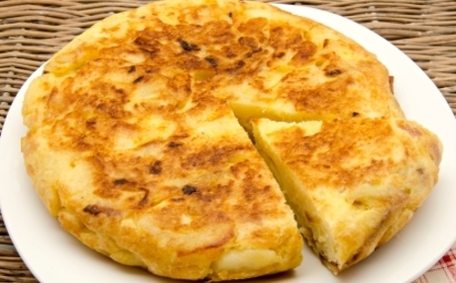
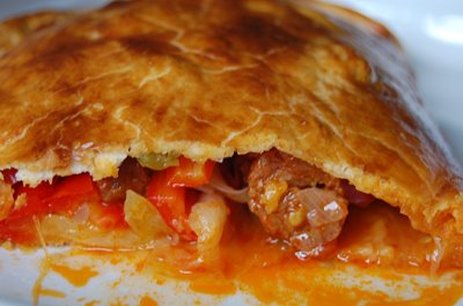
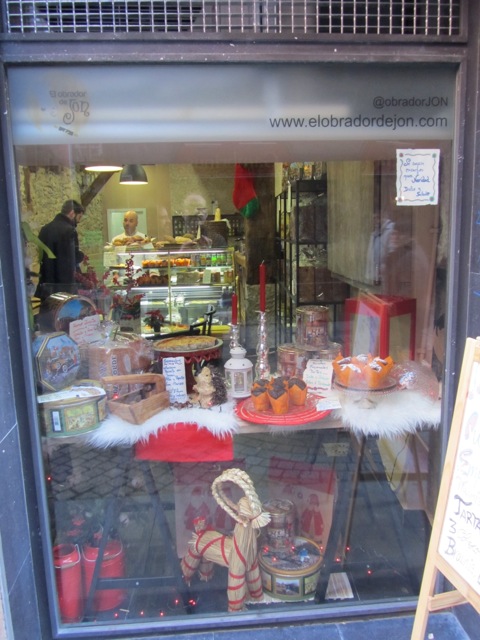
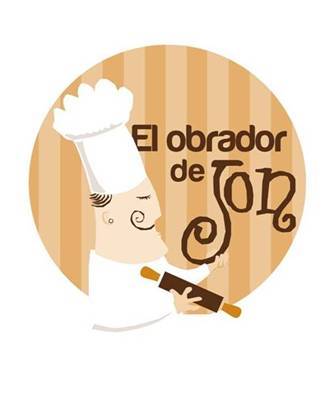
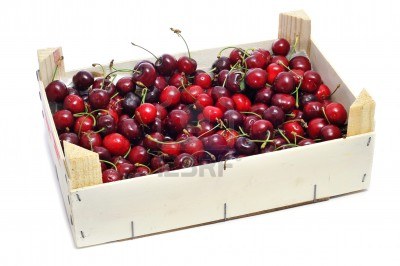
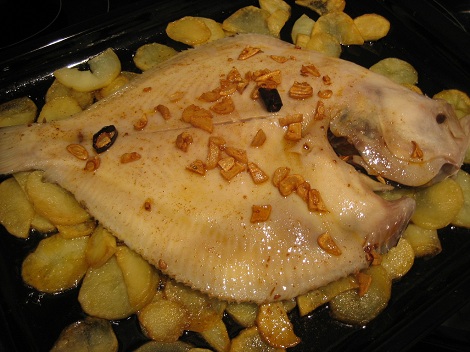
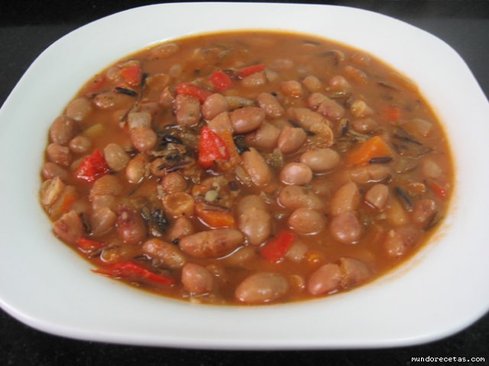
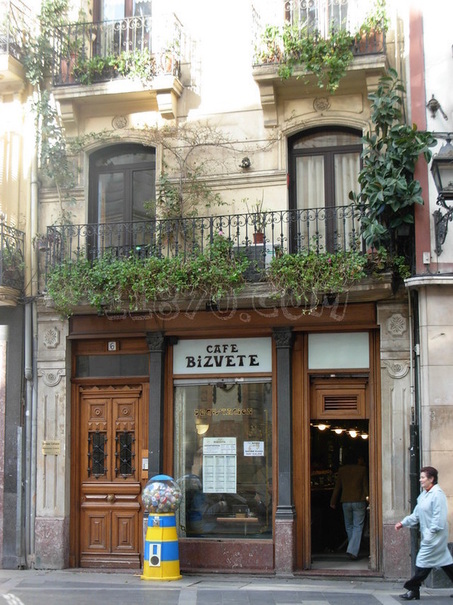
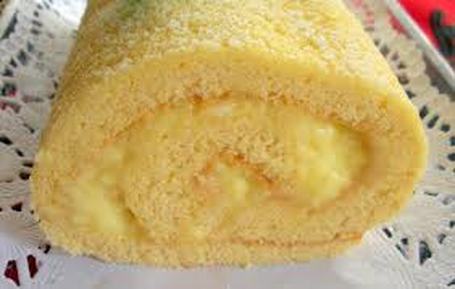
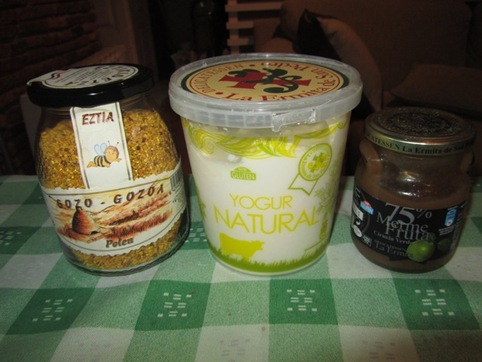
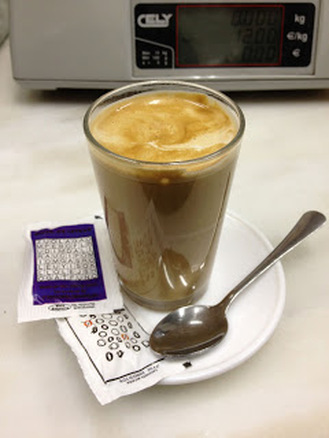
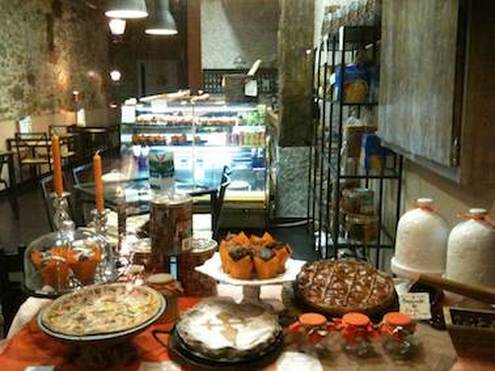
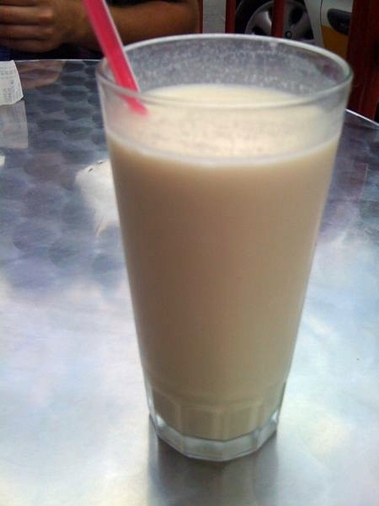
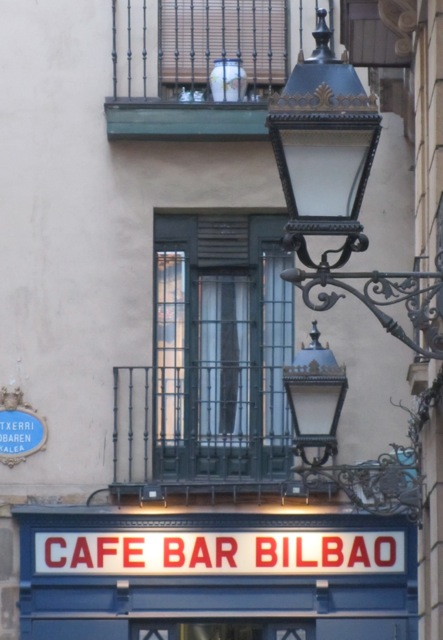
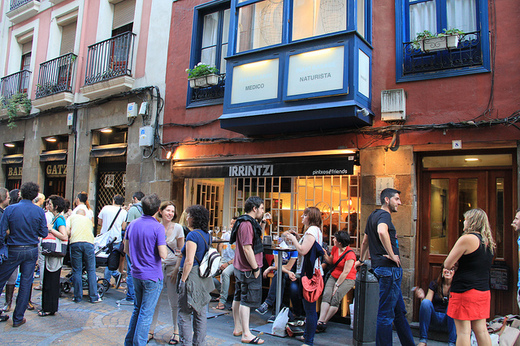
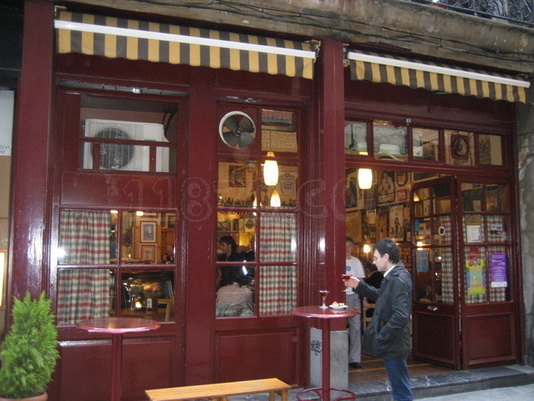
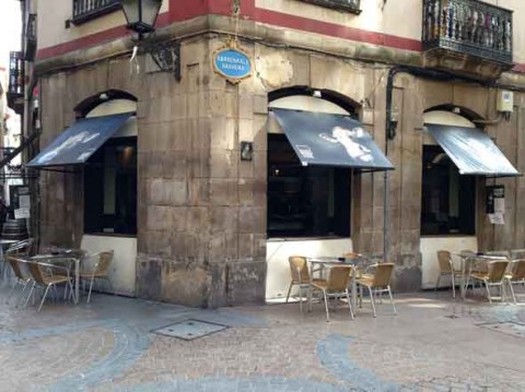
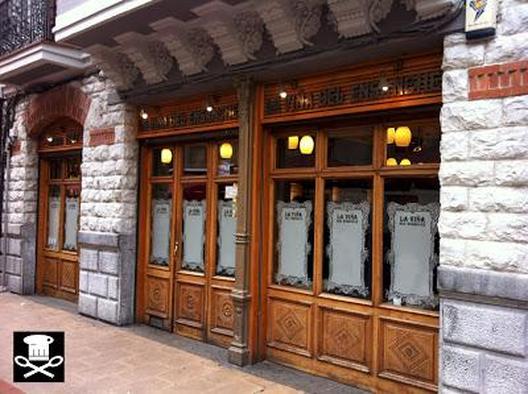
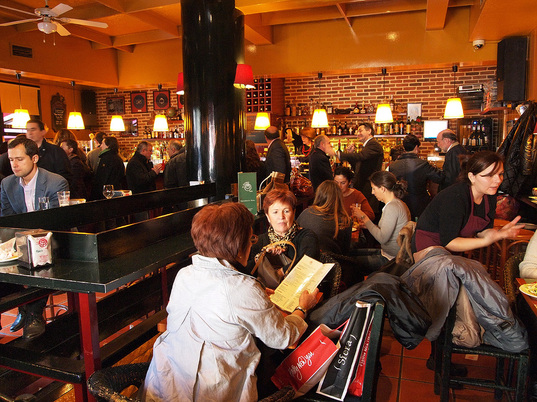
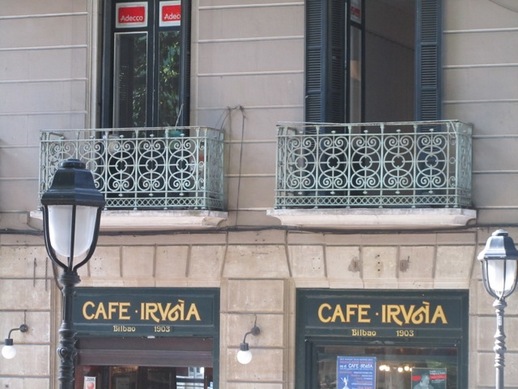



 RSS Feed
RSS Feed